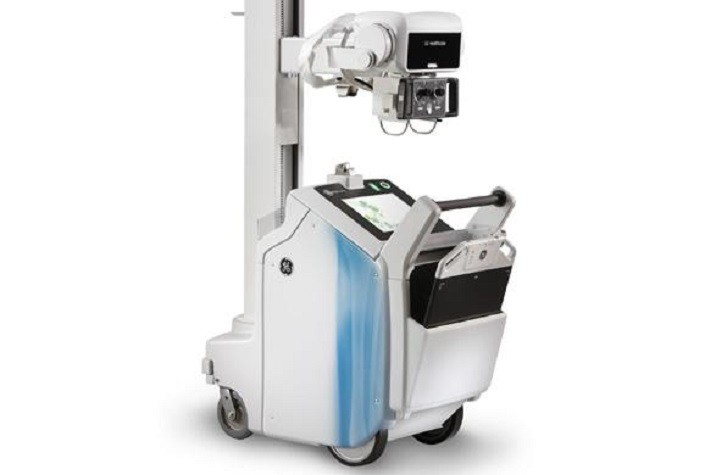Neuro-navigation, also called as frameless stereotactic surgery is the technique which involves performance of real-time intraoperative guidance during spinal or brain injuries. This increases safety and accuracy during neurosurgery. Neuro-navigation systems help to guide the surgeon to the surgical targets without the need for external frames. These systems are used majorly in brain surgeries which helps to limit the size of skull opening or craniotomy and remove brain lesions such as tumors or other tissue masses.
Download Sample PDF Of Neuronavigation Systems
There are significant technical issues that need to be addressed and understood in the use of such equipment in order to minimize inaccuracy. The most significant limitation of neuronavigation is brain shift. Brain shift can be minimized by selecting the site of the craniotomy uppermost in the operative field and by limited use of retraction, however, it is inevitable and can lead to limited application of the neuronavigation system over time during surgery. The loss of registration that can occur due to inadvertent intraoperative manipulation of the reference frame or loss of fixation of the head, can be retrieved by the registration of intraoperative bony landmarks at the margins of the craniotomy.
Localization and delineation of extent of lesions are critical for safe maximal resection of brain and spinal cord tumors. Neuronavigation systems have been developed for image-guided neurosurgery to aid in the accurate resection of brain tumors. Basic principles of navigated surgery are to see the tip of a pointer in an image space. A relationship between the device space and the image space has to be established. This operation is called registration or calibration of the navigation device. Basically, a transformation matrix (T) has to be calculated to map the coordinates of any point between the image and the device spaces. The aim of transformation matrix is to create a linkage between digital image data and anatomical structure, and therefore, to provide increasing 3-D orientation. Today's navigation systems provide approximately 2mm accuracy.
Stereoscopic navigation-controlled display of preoperative MRI and intraoperative 3D ultrasound is a new technology for minimally invasive image-guided surgery approaches in planning and guiding neurosurgery. Interactive stereoscopic visualization improves perception and enhances the ability to understand complex 3D anatomy. In 1947, Spiegel and Wycis performed the first stereotactic thalamotomy in humans, using the commissura posterior or pineal body as an internal individual reference system. Functional operations with similar frames and techniques were introduced by Talairach in Paris in 1949, by Riechert in Freiburg, Germany in 1952, and by Leksell in Stockholm in 1949 for the treatment of extrapyramidal movement disorders, intractable pain, epilepsy, and psychiatric disorders.
Advantages and disadvantages
There are some concerns about navigation systems including time consuming calculation and registration, restriction of space and view inside the operating field,and so on. Nevertheless, there are many advantages that can be helpful in the process of operation





No comments:
Post a Comment